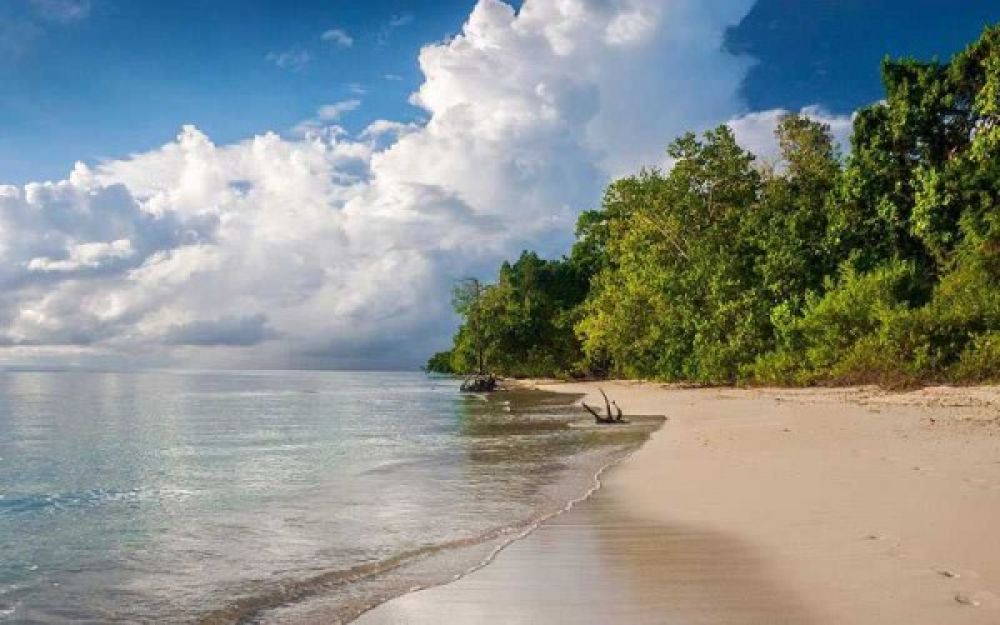

The serene and picturesque Kalipur Beach, situated in the northern part of the Andaman and Nicobar Islands in India, has a modest but compelling history in tourism. While the Andaman and Nicobar Islands have been a point of intrigue for centuries, due to their remote location and pristine ecology, the tourism industry has only flourished in recent decades.
Originally, the islands were inhabited by indigenous tribes and were later used as a penal colony during the British colonial period. It wasn't until the late 20th century that tourism began to take hold as a viable industry, with travelers seeking unspoiled beaches and the chance to explore the rich marine life. Kalipur Beach, being part of the larger Diglipur region, gained popularity for its unique combination of volcanic black sand and clear waters.
The turn of the millennium marked a significant upturn in the number of visitors to the Andaman and Nicobar Islands. Improvements in infrastructure, such as better connectivity through air and sea, made destinations like Kalipur Beach more accessible. Accommodation ranging from eco-friendly huts to comfortable resorts started to emerge, catering to a variety of tourists.
Activities such as snorkeling, scuba diving, and turtle nesting observation began to feature prominently. Kalipur Beach is known as one of the rare locations where four species of sea turtles come to nest, making it a notable site for wildlife enthusiasts.
Recognizing the ecological significance of the region, the local authorities, along with environmental organizations, have taken steps to promote sustainable tourism practices. Regulations are in place to ensure that the natural beauty of Kalipur Beach remains unspoiled by controlling the number of visitors and prohibiting harmful activities.
Moreover, the tourism industry in Diglipur works closely with conservation programs to protect the nesting sites of sea turtles and maintain the health of the coral reefs. This symbiotic relationship ensures that travelers can enjoy the natural wonders while contributing to their preservation.
In recent years, there has been a surge in the demand for experiential and eco-tourism. Travelers to Kalipur Beach and its surrounding areas are increasingly looking for authentic experiences that allow for cultural exchange, adventure, and personal growth. Thus, the local community has embraced this trend, offering guided nature walks, cultural tours, and conservation activities as part of the tourism package.
Digital connectivity and social media have also played a significant role in promoting Kalipur Beach as an ideal travel destination for those seeking off-the-beaten-path experiences. Stunning photographs and travelogues shared online continue to attract a global audience, looking to explore this hidden gem in the Andaman Sea.
Going forward, the focus is on preserving the delicate balance between development and conservation. With an eye on sustainable growth, the future of tourism at Kalipur Beach looks bright, with an emphasis on offering high-quality, responsible travel experiences that leave a low environmental footprint and elevate the socioeconomic status of the local communities.
In a world where travelers are becoming more conscientious about the impact of their journeys, Kalipur Beach stands out as a destination that not only offers beauty and relaxation but also the opportunity to positively contribute to the environment and indigenous cultures.